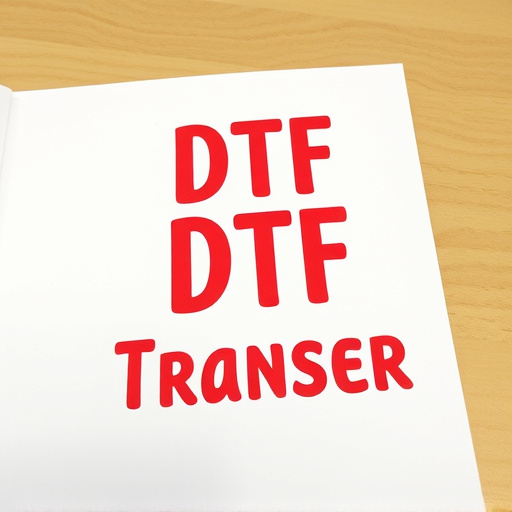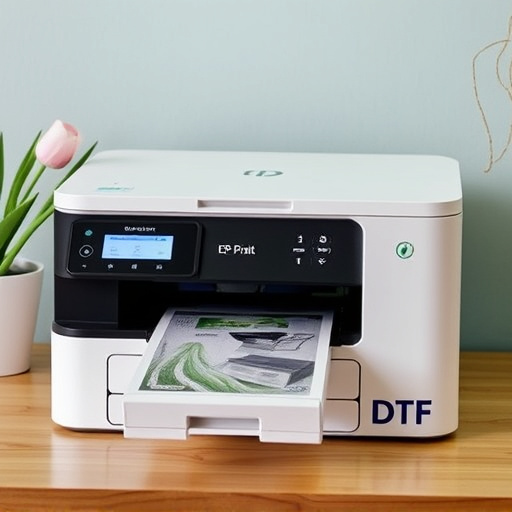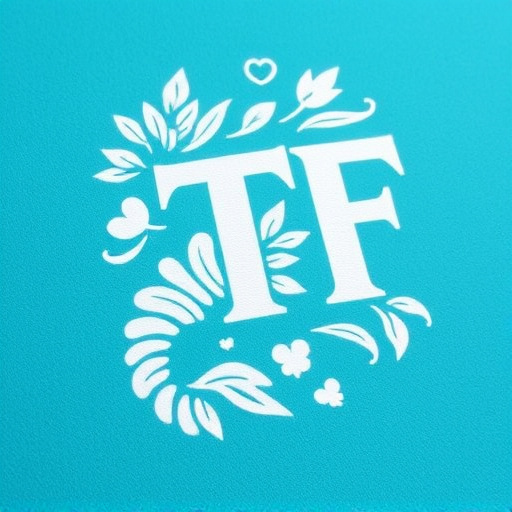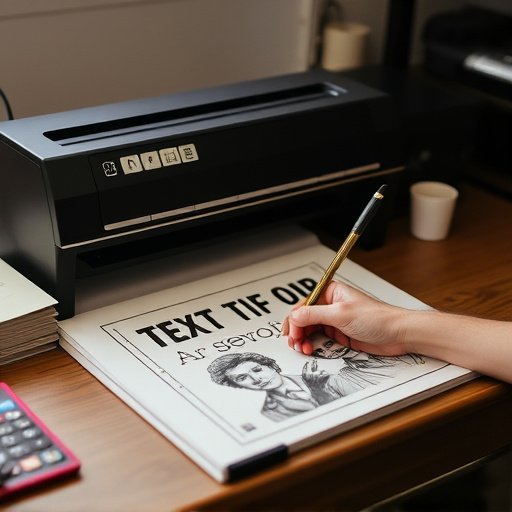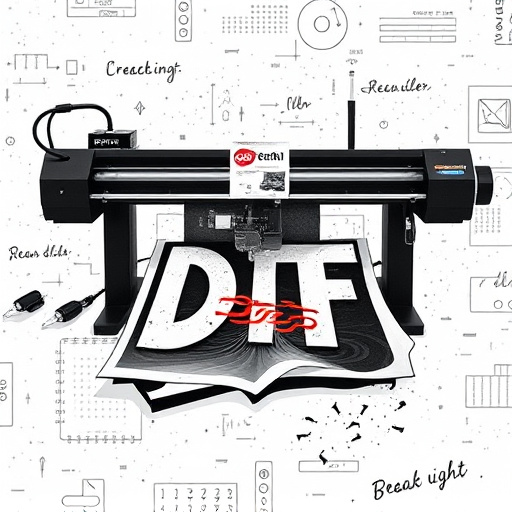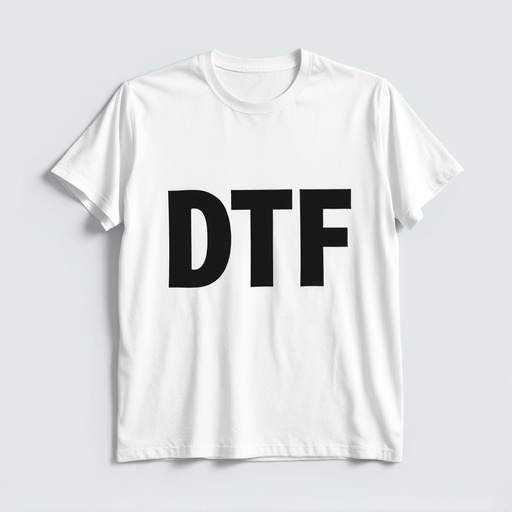Direct-to-film (DTF) printing is a cutting-edge technology revolutionizing customization across industries. Using liquid ink and UV light curing, DTF offers precise application of graphics on various surfaces, from textiles to ceramics, eliminating the need for intermediate transfer materials. Its benefits include faster turnaround times, enhanced design flexibility, and durability suitable for indoor/outdoor use. DTF printing enables personalized products at scale, with a wide range of substrates, vibrant colors, and intricate designs, making it popular in apparel, signage, stickers, labeling, and artistic expressions like T-shirt design and mural creation. Proper care ensures DTF prints maintain their quality over time.
Discover the future of personalized design with direct-to-film (DTF) printing technology. This innovative process allows for stunning custom designs applied directly onto various materials, opening a world of creative possibilities. From apparel and signage to promotional products, DTF transfer offers unparalleled versatility. Learn about its advantages, explore suitable substrates, and uncover applications across diverse industries. Uncover the potential of DTF design software and essential care tips to ensure the longevity of your vibrant, long-lasting prints.
- Understanding Direct-to-Film (DTF) Printing Technology
- The Advantages of DTF Transfer for Custom Designs
- Materials and Substrates: What Can Be Printed?
- Applications of DTF Prints in Various Industries
- The Creative Possibilities with DTF Design Software
- Care and Maintenance: Ensuring Longevity of Your DTF Prints
Understanding Direct-to-Film (DTF) Printing Technology

Direct-to-film (DTF) printing is a cutting-edge technology revolutionizing the way we create and personalize designs on various surfaces, from textiles to ceramics. This innovative process allows for precise and detailed application of graphics directly onto the final medium without the need for intermediate transfer materials. With DTF, designers and businesses can achieve vibrant, high-quality prints with exceptional clarity and durability.
The technology involves a specialized printing press that uses a liquid ink formula, which is then cured using UV light. This precise and automated process ensures consistent results, making it ideal for both small-batch production and large-scale manufacturing. DTF Transfer, as the name suggests, transfers the design directly onto the film, enabling efficient printing on diverse materials. This method offers significant advantages over traditional printing techniques, including faster turnaround times, increased flexibility in design customization, and the ability to print on unique or unconventional shapes and textures.
The Advantages of DTF Transfer for Custom Designs
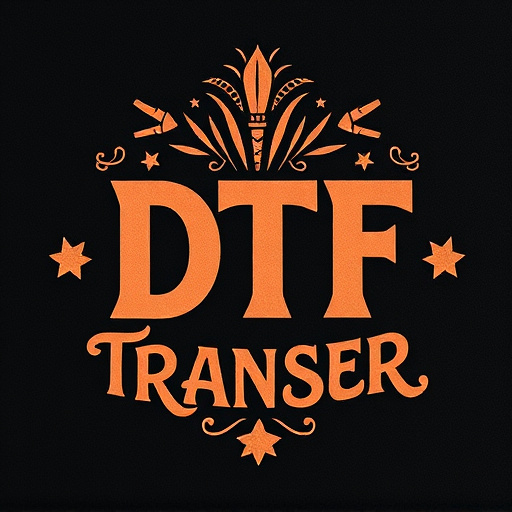
Direct-to-film (DTF) transfer technology has revolutionized the way custom designs are created and applied to various surfaces. One of its significant advantages is the ability to offer unparalleled levels of personalization. With DTF, designers can effortlessly bring unique patterns, intricate details, and vibrant colors to life on a variety of materials, from textiles to ceramics and more. This technology allows for complex print jobs that were once labor-intensive or even impossible with traditional methods, making it an attractive option for businesses and individuals seeking distinctive, tailored results.
Additionally, DTF printing boasts efficiency and cost-effectiveness. The process involves transferring ink directly onto the target surface through a precision printing mechanism, eliminating the need for intermediate steps like screen printing or cutting. This streamlines production, reduces waste, and cuts down on overall costs. Moreover, DTF prints offer excellent durability and resistance to fading, making them suitable for both indoor and outdoor applications, ensuring that personalized designs maintain their integrity over time.
Materials and Substrates: What Can Be Printed?
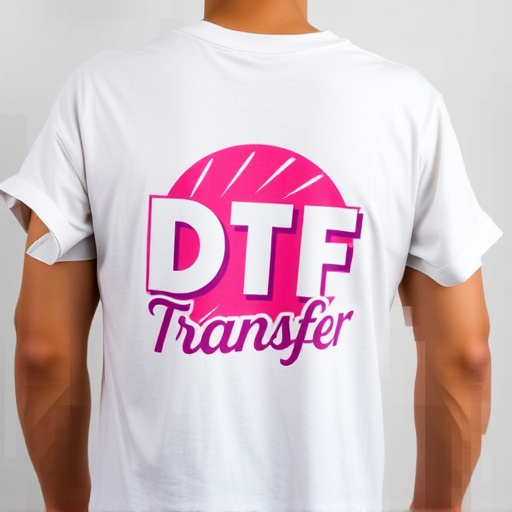
Direct-to-film (DTF) printing technology offers a diverse range of materials and substrates that can be printed upon, allowing for truly personalized designs. From traditional t-shirts and hoodies to more unconventional items like mugs, bags, and even stickers, DTF transfer technology expands creative possibilities. The key lies in the variety of fabrics and surfaces it can handle, ensuring every print is vibrant and durable.
Whether it’s cotton, polyester, or mixed fabrics, DTF printing excels in reproducing intricate designs with precision. Even rough or textured surfaces aren’t off-limits; innovative DTF inks are designed to adhere perfectly, creating high-quality DTF prints that stand the test of time. This versatility makes DTF transfer a favorite among designers and businesses looking to create unique, customized products at scale.
Applications of DTF Prints in Various Industries
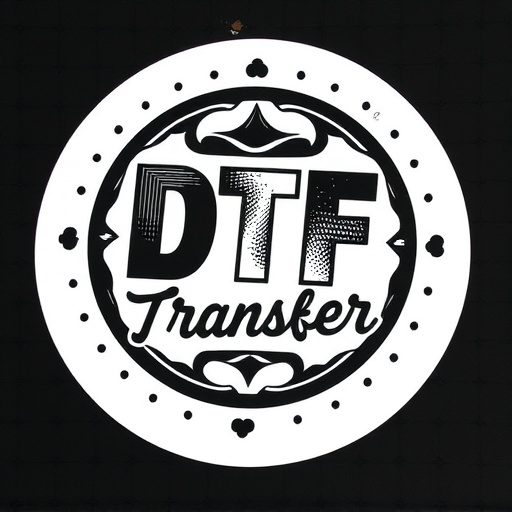
Direct-to-film (DTF) printing has found its way into various industries, revolutionizing how businesses create and apply designs. One of the key applications is in the apparel industry, where DTF transfers allow for intricate and personalized patterns on clothing items. This technology enables small businesses and designers to offer custom-made garments without the usual high costs associated with traditional printing methods.
Moreover, DTF prints are making significant strides in signage and advertising. From eye-catching window graphics to vibrant banner ads, this printing technique delivers high-quality, long-lasting results. Its versatility extends to the production of stickers, labels, and even packaging materials, ensuring businesses can create unique and personalized products that stand out in a competitive market.
The Creative Possibilities with DTF Design Software
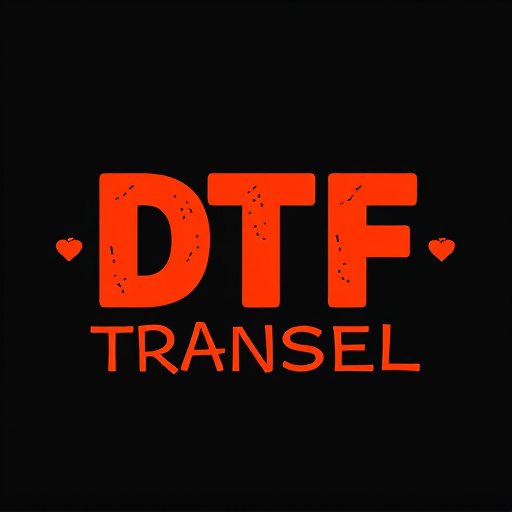
Direct-to-film (DTF) printing technology has unlocked a world of creative possibilities for designers and artists. With specialized DTF design software, users can create intricate and personalized designs with ease. This software offers an array of tools to manipulate images, add text, and incorporate various effects, allowing for unique and tailored prints. From simple graphics to complex illustrations, the options are endless.
The flexibility of DTF design software enables the creation of custom art for a range of applications. Whether it’s designing T-shirts, phone cases, or even murals, DTF technology ensures high-quality, vibrant prints that capture intricate details. This innovative approach to printing has sparked a new era of self-expression and customization, where individuals can bring their artistic visions to life with just a few clicks.
Care and Maintenance: Ensuring Longevity of Your DTF Prints
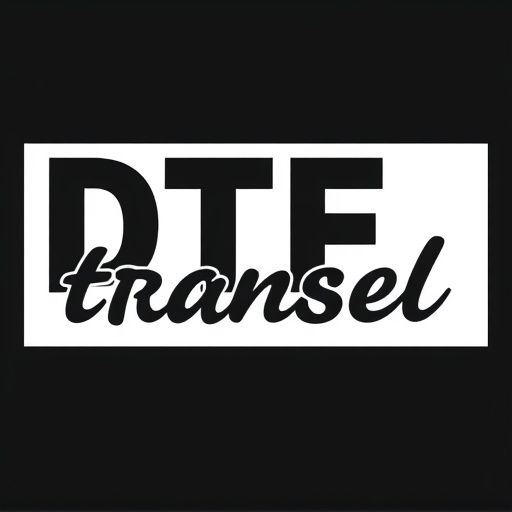
Taking care of your DTF (Direct-to-Film) transfers is essential to ensure their longevity and maintain the vibrancy of your prints. The first step is to understand that these prints are not indestructible, despite their durability. After applying the DTF transfer, it’s crucial to allow the adhesive to set fully before handling or wearing the item. Avoid touching the print’s surface as much as possible during this initial phase. Regular cleaning is another critical aspect of care; use mild soap and water for hand-washing, and avoid high-temperature dryers or harsh chemical cleaners that could damage the delicate film.
For long-term storage, keep your DTF prints in a cool, dry place, away from direct sunlight. Avoid folding or creasing the design to prevent any permanent markings. Consider using protective covers or displays to safeguard the prints from dust and environmental factors. Proper care will not only preserve the aesthetic appeal of your personalized designs but also ensure they last for many years, allowing you to enjoy your unique DTF Printing experience.








